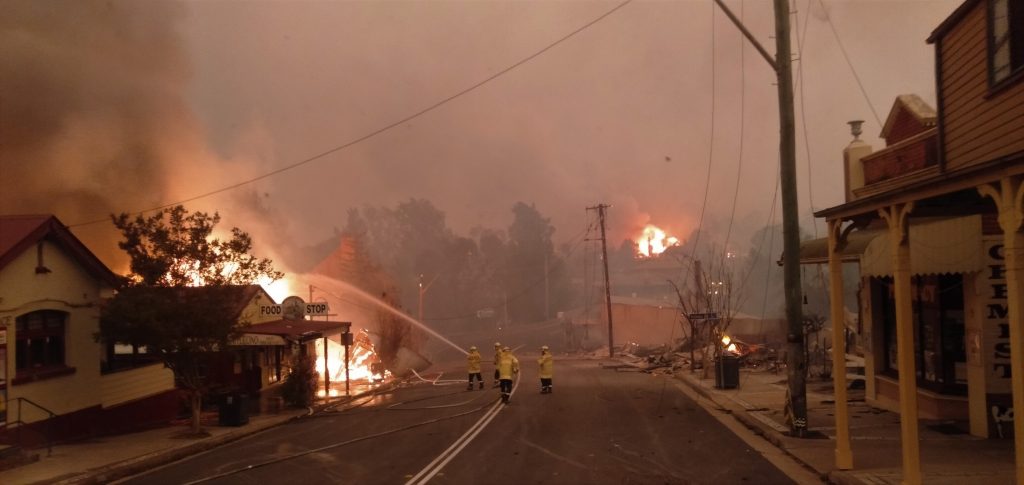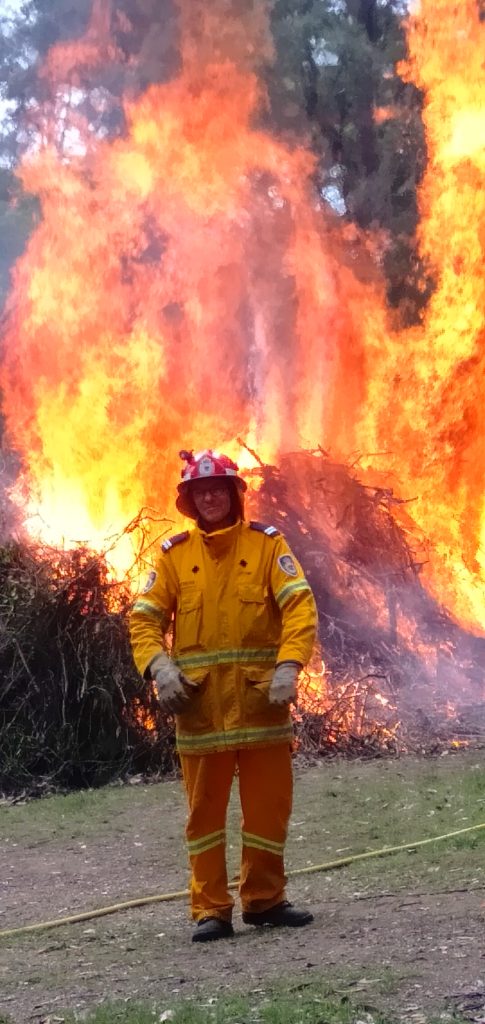
NEMA two-day National Preparedness Summit in Canberra from 25 to 26 September 2023
The NSW Volunteer Fire Fighters Association (VFFA) understands that NEMA will be convening a two-day National Preparedness Summit in Canberra from 25 to 26 September 2023. This meeting is valuable as there are many key concern and opportunity areas in regards to bushfire management across south east Australia and it would be beneficial for the summit to consider these matters.
Key concern areas in regards to bushfire management across south east Australia
These concern areas include:
Prescribed burning, adaptive management and resilient landscapes:
- Inadequate prescribed burning and consequent high fuel loads. This will not protect SE Australia/ states. For example, NSW is currently sitting on 3.3 % of forested areas prescribed burnt over 5 years, of the order of 0.7 % per year) or other SE Australian states. Refer to state prescribed burning and wildfire data in the link:
- Ignoring critical WA prescribed burning data over 60 years across SE Australia:
https://www.bushfirefront.org.au/prescribed-burning/the-science-behind-prescribed-burning/
- There are no minimum standards for prescribed burning for each state, around 8% of prescribed burning of forests per year is required to reduce bushfire risks and area.
- Australia is not using US approaches for resilient fire landscapes, including low intensity burning and forest thinning.
- Ongoing loss of grazing of state-owned forested lands to reduce high fuel loads.
Bushfires and bushfire management:
- Focus on bushfire suppression and big plane fleets at the expense of fire mitigation. There are large economic costs of this approach, this issue has been well identified by the Productivity Commission a number of times and not adequately addressed by government.
- Inadequate fire mitigation funding balance, noting that there is further disaster funding detail in 2020 Menzies Research Centre Strengthening Resilience: Managing natural disasters after the 2019-20 bushfire season https://www.preventionweb.net/media/82890/download: Despite this relentless commitment to inquiries, in 2014, a report released by the Productivity Commission into Natural Disaster Funding Arrangements found that government natural disaster funding arrangements had been inefficient, inequitable and unsustainable….The Productivity Commission lamented that the funding mix was disproportionately recovery-based and did not promote mitigation. It observed that the political incentives for mitigation were weak, ‘since mitigation provides public benefits that accrue over a long-time horizon,’ and that over time this would create entitlement dependency and undermines individual responsibility for natural disaster risk management.’ At that time, it said, mitigation funding amounted to only three per cent of what is spent on post-disaster recovery and recommended that the Australian Government should gradually increase the amount of annual mitigation funding it provides to state and territory governments to $200 million. Extra funding has since been provided, but it is uncertain what changes have occurred in relation to fire mitigation funding.
- Inadequate fire fighter safety, with most forests very dangerous for fire fighters, poor access, not maintained access, high fuel loads, ridges not prescribed burnt nor access tracks, breaks not burnt nor adequate water supplies available.
- The ongoing risks and potential impact of bushfires on communities, critical infrastructure and properties for SE Australia remains extremely high, likely less for SW Australia and much of northern Australia. Communities/ infrastructure and properties continue to be at major risk, I believe that we as a society haven’t learnt the lessons of 2019/ 20 and earlier bushfires such as in 2003 and 2009.
- https://arr.news/2023/08/04/the-2019-20-bushfires-contributory-factors-john-odonnell/
- EPBC legislation in regards to fire regimes currently in place, there are 18 such fire regimes and I believe this legislation could very easily reducing prescribed burning further, it already likely is with a court challenge underway in Victoria.
- In some state jurisdictions, there has been inadequate mitigation performance auditing state bushfire planning, mitigation and suppression.
- Research and research directions not targeted at increased bushfire mitigation (including prescribed burning), sensible fire return intervals, forest resilience, eucalypt decline and increased bushfire risks, reducing high intensity bushfires, community safety and firefighter safety and research on individual large bushfires. At times there is a focus on reducing prescribed burning to miniscule and inadequate rates, denigrating prescribed burning, increasing cultural burning, without any consideration of whole of landscape risks.
- Subsidisation by the Commonwealth funding to states for major bushfires, even with SE Australian states undertaking miniscule areas of prescribed burning. Minimum standards for prescribed burning are required to avoid this.
Key opportunity areas in regards to bushfire management across south east Australia
There are many opportunity areas for improved bushfire management and protection across SE Australia, including:
Prescribed burning, adaptive management and resilient landscapes:
- Much greater use of small aircraft and drones for prescribed burning to increase rates and areas of prescribed burning well above 1 % of forests per year up to 8 %.
- WA 8 % forest prescribed burning per year in the SW (60 years of research data).
- Minimum standards for prescribed burning for each state, need around 8% of prescribed burning of forests per year.
- Mild burning across landscapes to address eucalypt decline and reduce bushfire risks with dense understories associated with eucalypt decline.
- Mosaic burning over large areas as scattered annual fires and potential for this technique for areas away from communities, creating a mosaic of burning histories. Use of WA and AWC knowledge would assist.
- Reduction in extremely long fire intervals for prescribed burning up to 30 years, that often delay prescribed burning programs increases prescribed burning intensity and bushfire intensity.
- Better utilise time, resources, drones, alliances, innovation and other measures to increase prescribed burning extent. Get over excuses for reduced prescribed burning programs, using longer fire seasons and smaller windows of opportunity for conducting safe and effective hazard reduction burns, and get on with programs.
- US approaches for resilient fire landscapes considered for Australia, including low intensity burning and thinning.
- Return of grazing to greater areas of state lands, including national parks if possible, to reduce fuel loads.
Bushfires and bushfire management:
- Change the focus from suppression to mitigation and suppression, refer Productivity Commission findings, noting mitigation funding at the time amounted to only three per cent of what is spent on post-disaster recovery.
- Improved fire fighter safety and community safety.
- Greater community protection focus/ fire adapted communities focus. The ongoing risks and potential impact of bushfires on communities, critical infrastructure and properties for SE Australia remains extremely high, likely less for SW Australia and much of northern Australia.
- Excessive intense bushfires continuing, increasing areas of dense regrowth and future bushfires and not learning the lessons from large areas of intense bushfires. This is extremely evident in the data from the 2019/ 20 bushfires.
- Improved consideration and action in regards to all the contributory factors to the 2019/ 20 bushfires.
- Greater use of mitigation performance auditing, including by the Commonwealth of state bushfire planning, mitigation and suppression.
- Review of research and research directions and funding to improve forest resilience across landscapes, community and fire fighter safety and sensible fire intervals.
- Further consideration of extent of subsidisation by the Commonwealth funding to states for major bushfires where SE Australian states undertake miniscule areas of prescribed burning, not meeting minimum standards.
- Sound listening effectively to skilled bushfire personnel, including many retired personnel with the street smarts prepared to give up their time to safeguard Australia.

